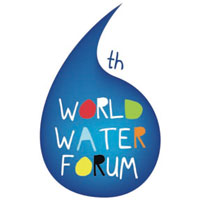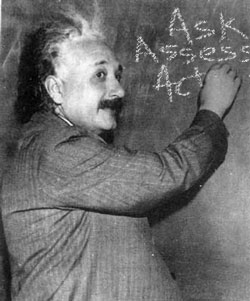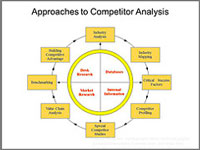 There’s a saying that goes something like this: “History is the best teacher, but we are the worst pupils.”
There’s a saying that goes something like this: “History is the best teacher, but we are the worst pupils.”
Have you ever found yourself repeating the mistakes of the past, even when you know what the outcome will be? It’s human nature to cling to old habits and thought patterns, and it’s not always easy to break such cycles of thinking.
But cultural change is more difficult when an organization has failed to learn from its past poor decisions and mistakes. That kind of blindness to the long-term impact of a lack of organizational learning can make a company resilient to change — even when it’s change for the better.
Guiding an organization through the usual rough waters of cultural change is a challenge for even the most determined leaders. These leaders have to help their teams learn the lessons that corporate history should have taught them…and they may have to help their organization “unlearn” some other lessons along the way before they launch a cultural change program.
As a thought leader inside your own organization, is it time to begin learning and unlearning before you sow the seeds of cultural change? Ask, assess, then act.








 To continue the theme over the last few blog entries, here are some additional thoughts about the field of competitive intelligence and thought leadership.
To continue the theme over the last few blog entries, here are some additional thoughts about the field of competitive intelligence and thought leadership.